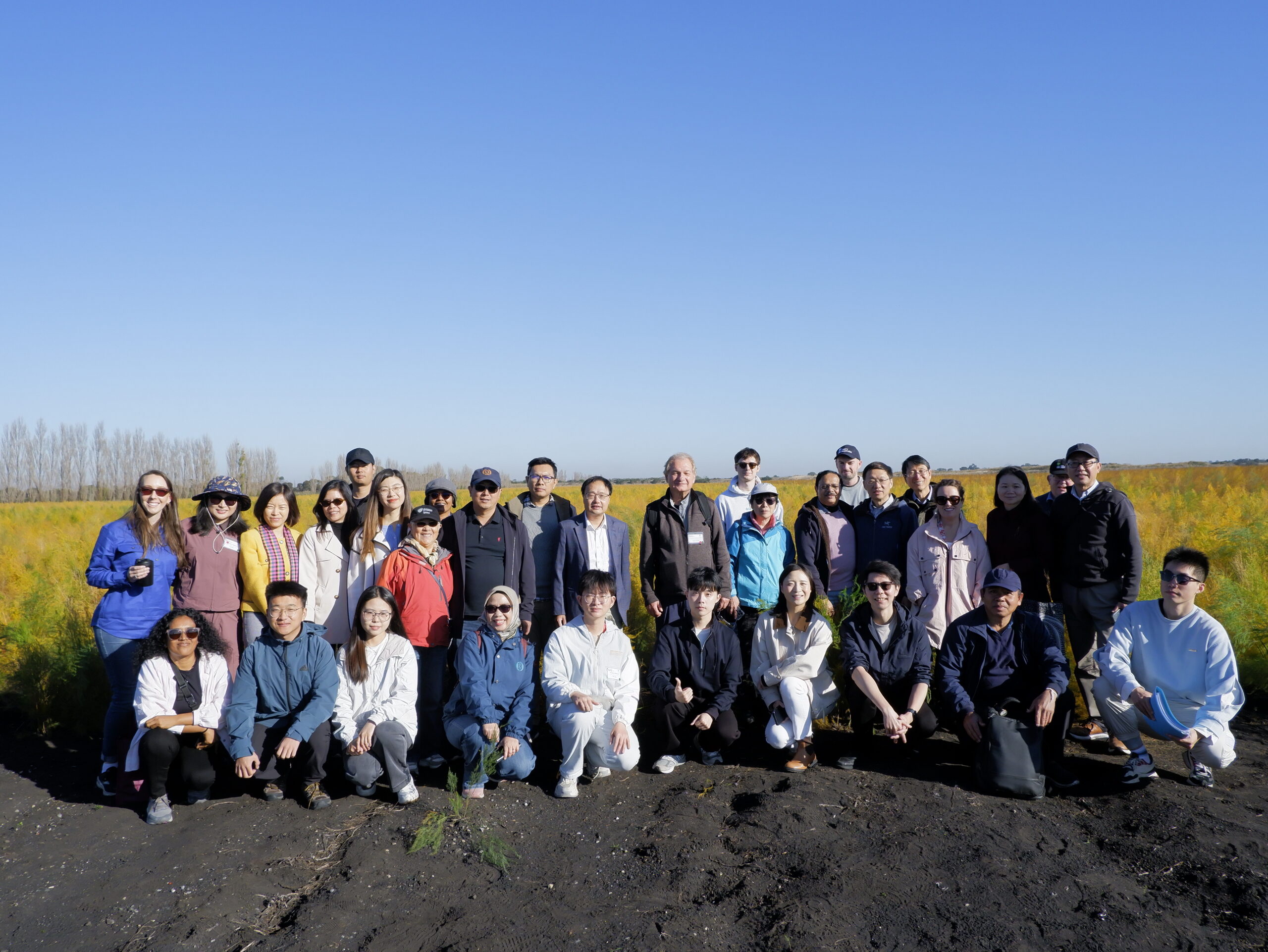Using Nitrogen Fertilizer to Grow Irrigated Cotton in Australia: Marginal Benefits and Costs of Nitrogen and Nitrous Oxide Emissions
Chinthani Rathnayake*, Bill Malcolm, Garry Griffith, Alex Sinnett and Paul Deane . “Using Nitrogen Fertilizer to Grow Irrigated Cotton in Australia: Marginal Benefits and Costs of Nitrogen and Nitrous Oxide Emissions.” Australian Farm Business Management Journal 2023, Volume 20, Paper 4
The nitrogen (N) fertilizer used to help grow fully irrigated cotton in Australia adds, through several pathways, nitrous oxide (N2O) to the stock of nitrous oxide in the atmosphere and increases the global externality cost of the warming climate. The focus of this analysis is on the extra social benefits and the extra private costs and negative externality costs of using different quantities of N on land in NSW and QLD to grow cotton over a year, and over the coming 15 years, as compared with not growing cotton on that land and replacing the activity with another economic activity. Starting at the farm, a welfare economics framework including the concepts of response of crop yield to N fertiliser, private costs, externality costs, marginality, with-without counterfactuals, opportunity costs, crop rotations, discounting, probabilities, consumer surplus, producer surplus and net social benefit are used to estimate the size of the social benefits and costs of N used to grow irrigated cotton. In the case analysed, with an illustrative counterfactual, the externality cost of direct N2O emissions from growing cotton after counting for the counterfactual was $102/ha yielding a Benefit to Cost (B:C) ratio of 7.2:1. The net social benefit on the industry over 15 years at a 5 per cent real discount rate per annum in net present value terms was $5.6 billion with an annuity of $541 million. In the case analysed and with the probabilities assumed for the values that the key uncertain variables could take, with only direct N2O emissions counted as the negative externality of the N used, there would be a 90 per cent probability that the B:C ratio of N used to grow cotton was between 5.4:1 and 9.6:1. There would be 55 per cent chance the B:C ratio would be more than 7:1. There would be zero chance the B:C ratio would be under 4:1. A significant finding about the negative externality of the N2O emissions from the N applied to cotton was that $80 of the $116/ha externality cost from the N2O emissions came from the marginal 50 kg of N/ha that was used. If the response function is relatively flat around the typical level of N/ha that is used in a typical year, then the marginal units of N applied would be adding little extra cotton yield relative to the extra externality cost attributable to the N2O emissions. In this situation, there would be scope for small reductions in N/ha used to grow extra cotton to bring large reductions in the externality cost of the N2O emissions from N used to grow cotton.




